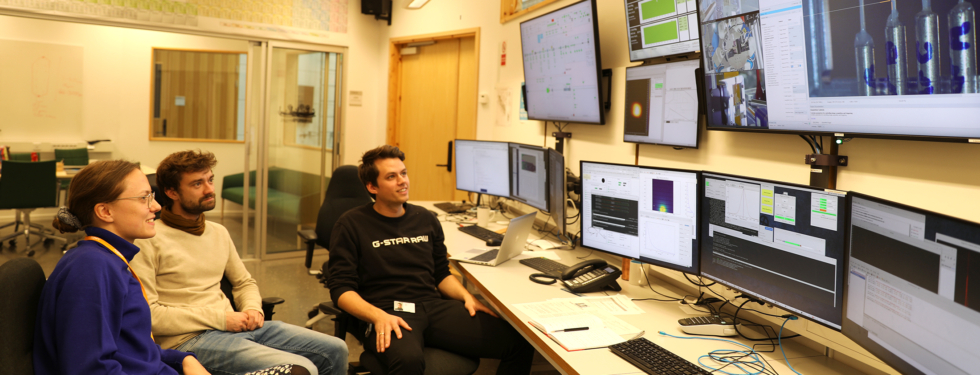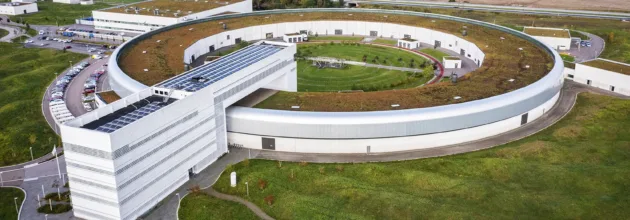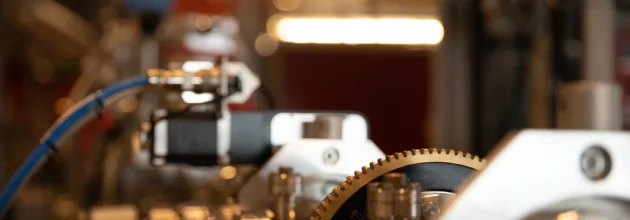In the vast, remoteness of the Arctic, few have the opportunity to gather data on the environmental conditions over time or decipher the long-term effects of climate change. What is required? A considerable period to observe, a nearly autonomous method or actor for collection, a robust character to withstand the harsh surroundings. Researchers from Aarhus University in Denmark are tackling this issue through an interdisciplinary NordForsk project. At DanMAX beamline, the group will analyse a narwhal tusk to determine its chemical composition and biomineralization, both important potential markers of the changing environment.
Highlights
A record year for research at MAX IV
MAX IV is making significant societal contributions in terms of record-high scientific productivity. In 2023, the number of publications increased by 51% compared to the previous year, and the number of unique users increased by 31%. Moreover, the number of proposals submitted in the most recent Open Call was higher than ever.
Conceptual design for three potential new beamlines developed with WISE
After successfully bringing the first 16 funded beamlines into operation, we now look into the future. In collaboration with the Wallenberg Initiative Materials Science for Sustainability (WISE), funded by the Knut and Alice Wallenberg Foundation and together with the scientific community, MAX IV will develop the conceptual designs for three potential new materials science beamlines.


